Ideal Seasons for Concrete Installation
Concrete installations are influenced by weather conditions, temperature, and humidity. Optimal timing ensures durability, proper curing, and quality results. The best periods for concrete work typically align with mild, stable weather patterns to prevent issues such as cracking or improper setting.
Spring and early fall are generally preferred for concrete installations due to moderate temperatures and lower precipitation levels, which support proper curing and strength development.
Concrete should be poured when temperatures are between 50°F and 85°F. Extreme cold can delay setting, while excessive heat may cause rapid drying and cracking.
Rain, snow, and high humidity can compromise concrete quality. Scheduling during dry, stable weather minimizes risks and ensures a smooth curing process.
Proper timing reduces the risk of cracks, surface defects, and structural issues, extending the lifespan of the installation.
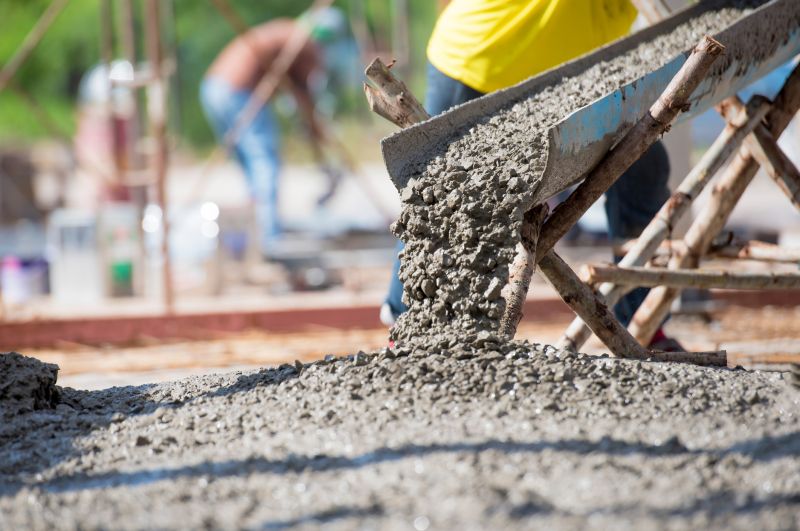
Optimal conditions for pouring concrete are during mild, dry weather to ensure proper curing and strength.
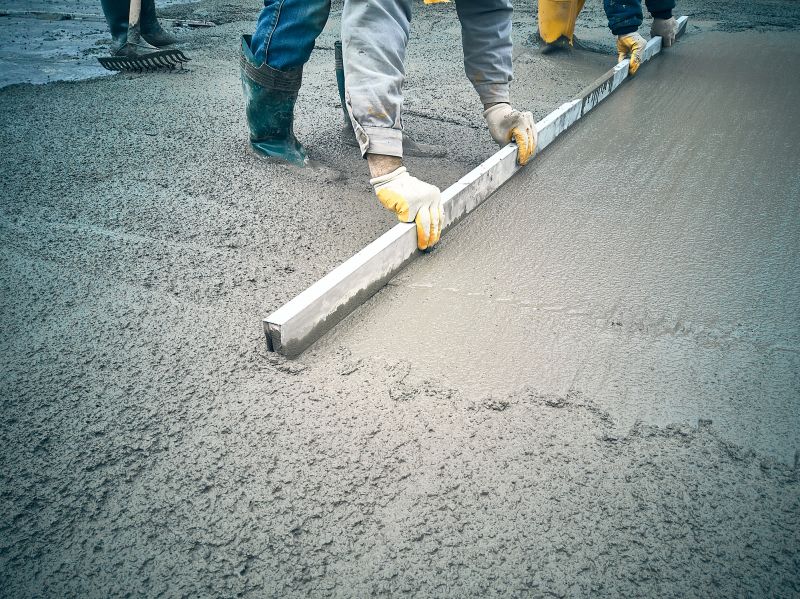
Monitoring temperature helps prevent issues like cracking and improper setting, especially in extreme conditions.
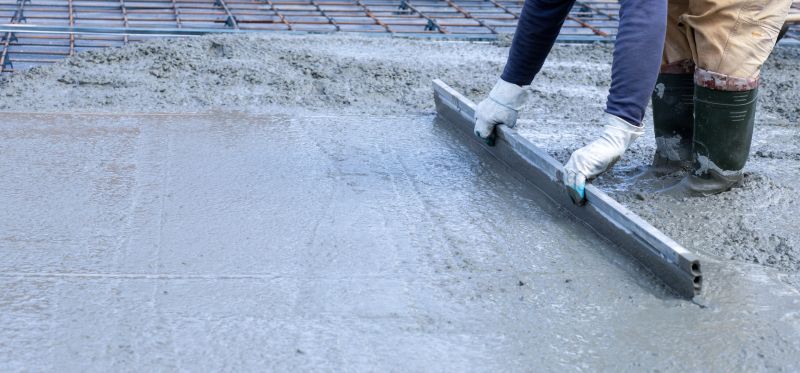
Effective curing during suitable weather conditions enhances durability and finish quality.
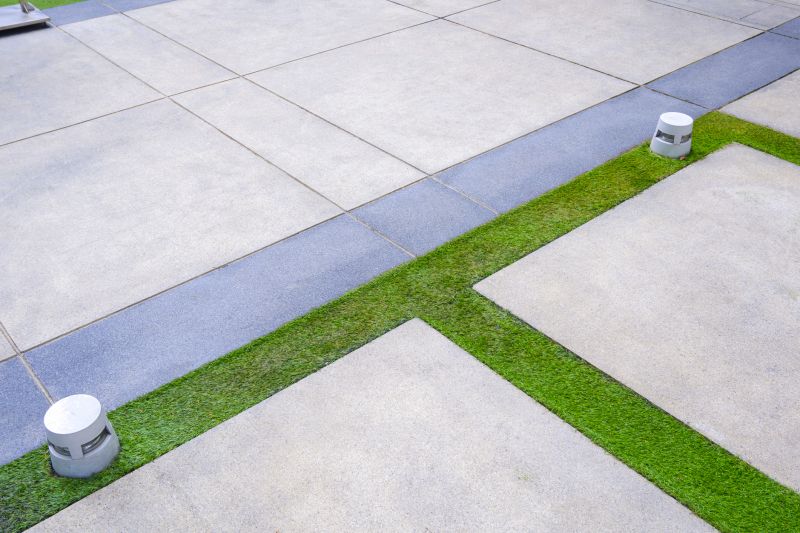
Ways to make Concrete Installations work in tight or awkward layouts.
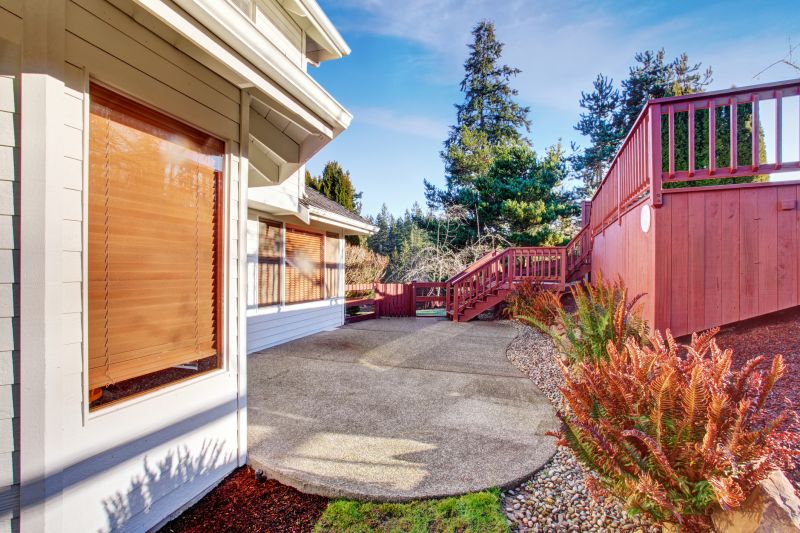
Popular materials for Concrete Installations and why they hold up over time.
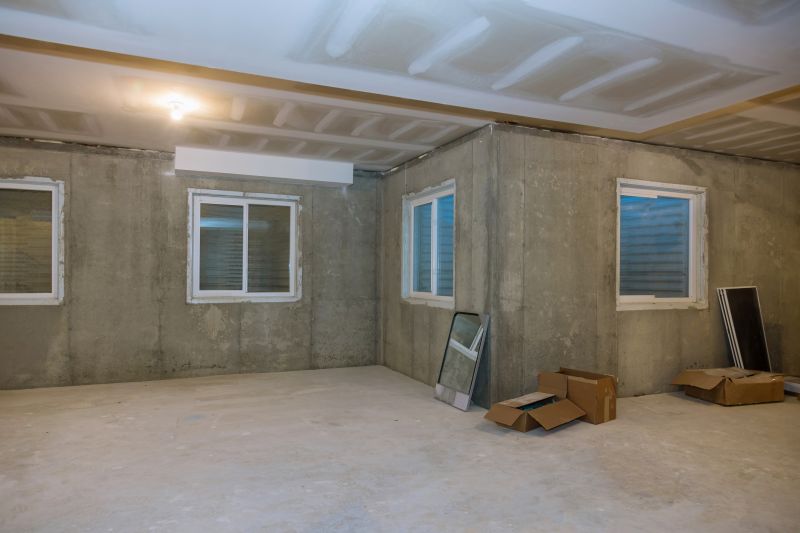
Simple add-ons that improve Concrete Installations without blowing the budget.

High-end options that actually feel worth it for Concrete Installations.
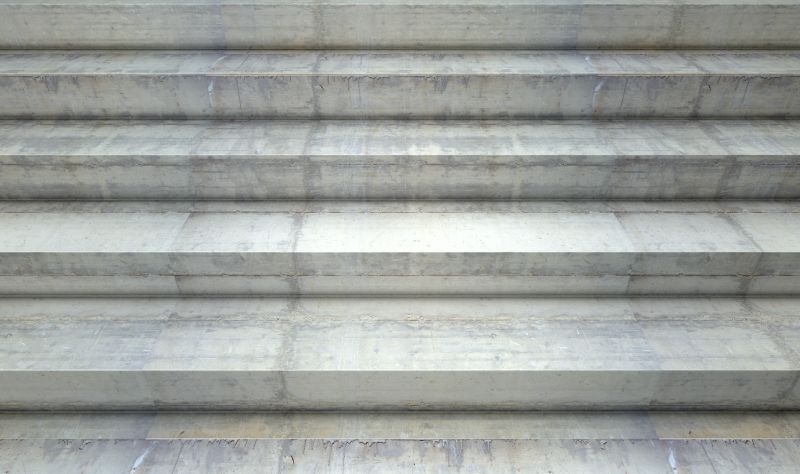
Finishes and colors that play nicely with Concrete Installations.
| Season | Recommended Temperature Range |
|---|---|
| Spring | 50°F to 85°F |
| Summer | Above 50°F, avoid extreme heat |
| Fall | 50°F to 85°F |
| Winter | Below 50°F, not recommended without special measures |
Concrete installation is a precise process that benefits significantly from optimal timing. Proper scheduling during favorable weather conditions ensures the concrete sets correctly, achieves adequate strength, and maintains its appearance over time. The curing process is critical, requiring consistent temperature and moisture levels to prevent surface cracking and structural weaknesses. In regions like Poulsbo, WA, planning around seasonal weather patterns can lead to better outcomes and longer-lasting results.
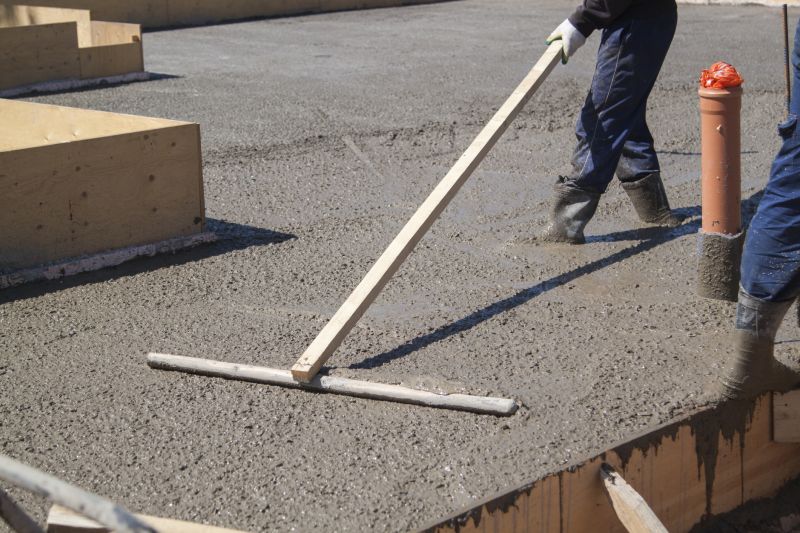
Proper curing during ideal weather conditions enhances the durability of concrete structures.
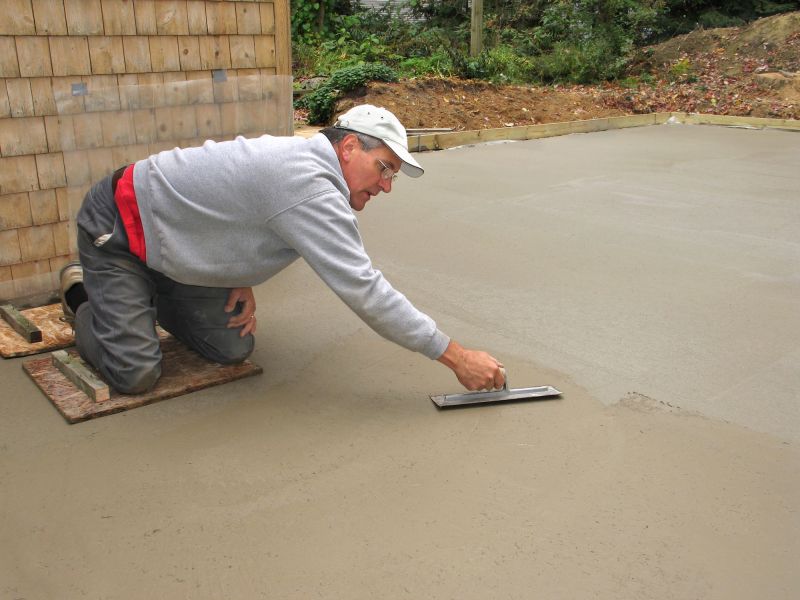
Timely planning avoids delays caused by adverse weather and ensures quality results.
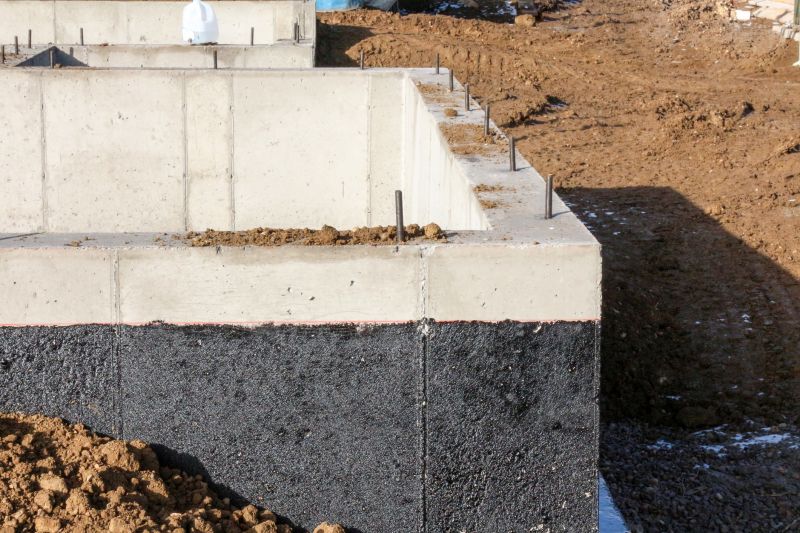
Monitoring weather conditions helps determine the best time for pouring and finishing concrete.
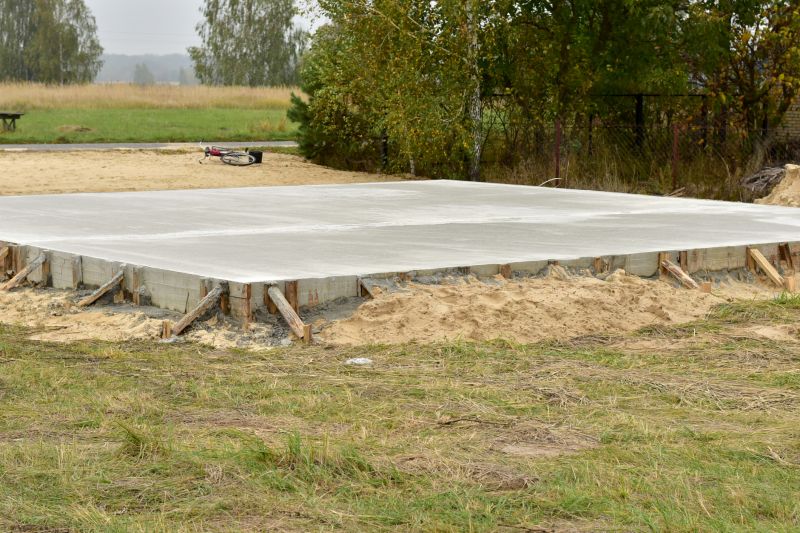
Spring and fall offer the most stable conditions for concrete installation in Poulsbo.
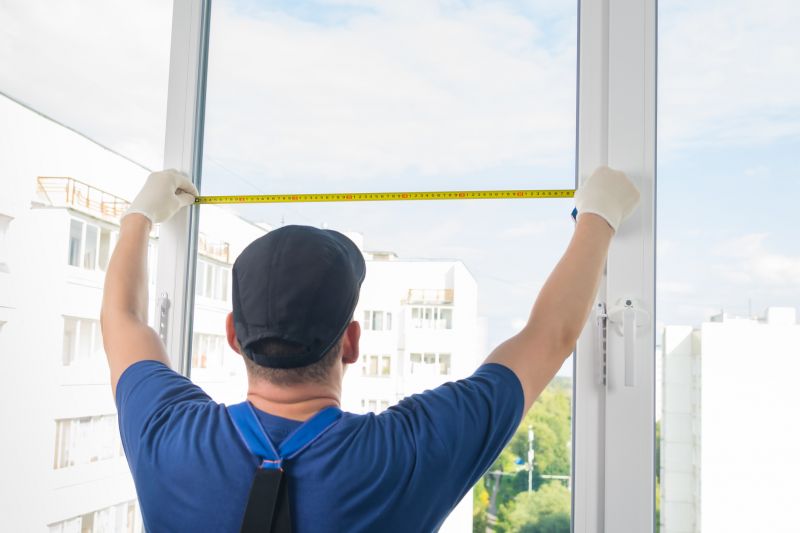
Little measurements that prevent headaches on Concrete Installations day.
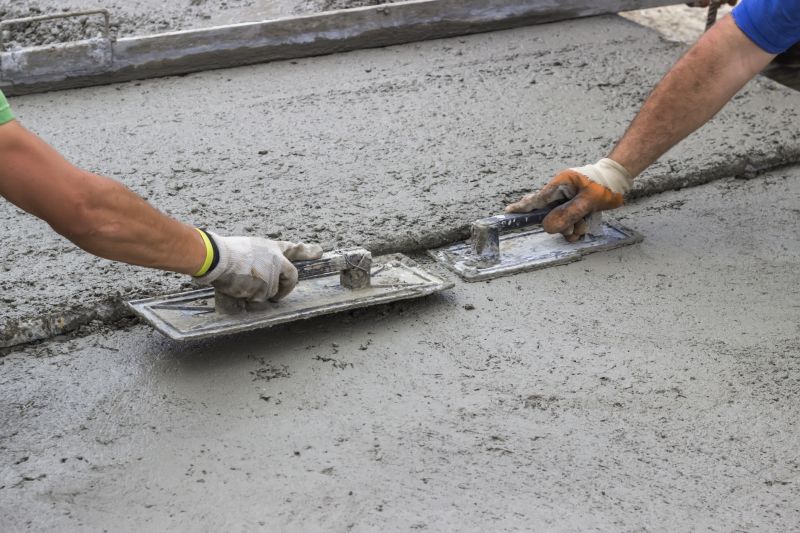
A 60-second routine that keeps Concrete Installations looking new.
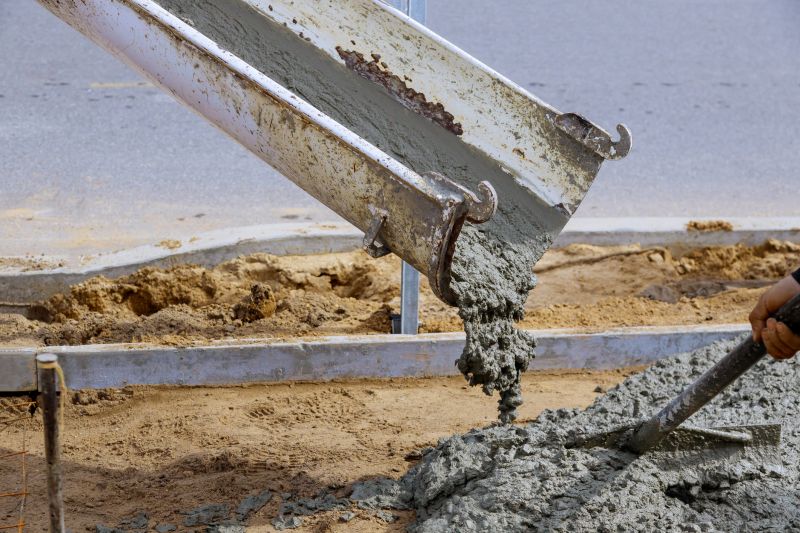
A frequent mistake in Concrete Installations and how to dodge it.
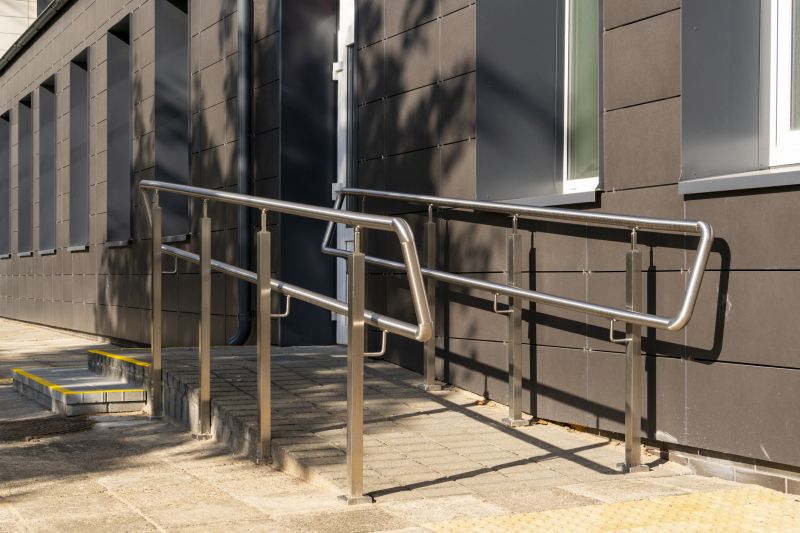
Small tweaks to make Concrete Installations safer and easier to use.
Interested in scheduling a concrete installation? Filling out the contact form provides an opportunity to discuss timing options and project specifics to ensure the best results tailored to local climate conditions.

